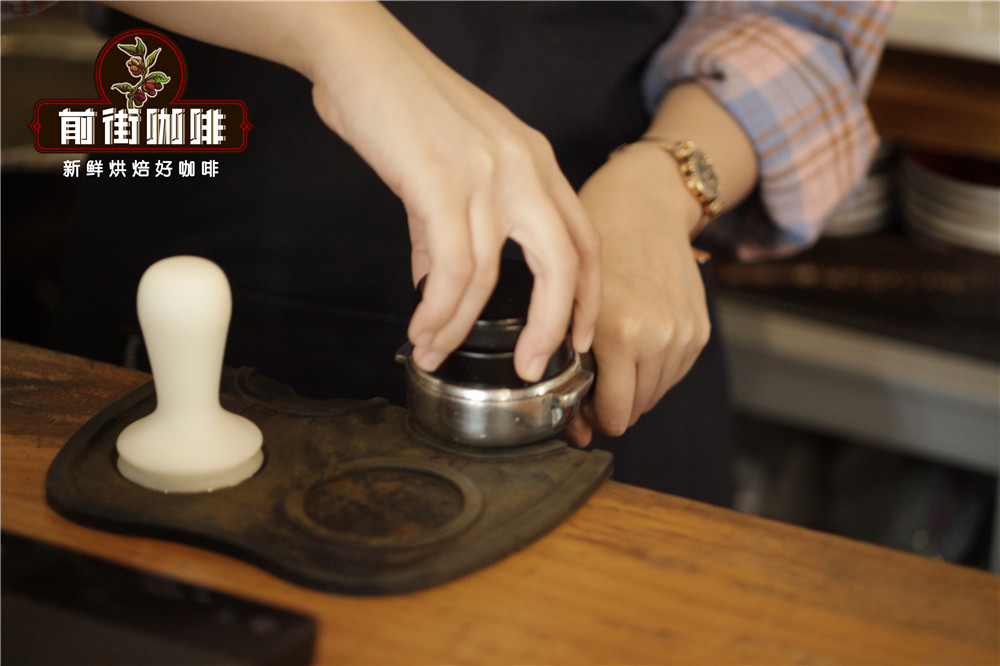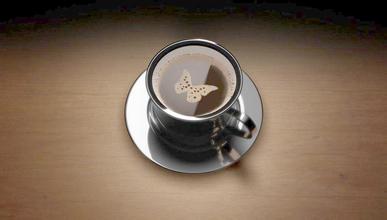Historical Development of Coffee Culture-Historical Development of semi-automatic Coffee Machine
Historical Development of Coffee Culture-Historical Development of semi-automatic Coffee Machine
Europeans first came into contact with coffee around 1515-1519, but were not interested in it for a long time. In 1585, 30 years after the emergence of the cafe in Istanbul, the Vatican envoy Morosini reported: "these people are all humble, tacky and unenterprising, just wasting their time in a daze all day." So, they just sit there all the time, want to have some fun, in public places, in shops, in the streets, drinking a black liquid so hot that they can stand it. It's extracted from a seed they call coffee. " At that time, most Europeans' first impressions of coffee were both disgusted and disdainful. In 1610, the Englishman George Sandys wrote about coffee-drinking Turks in his travels to Turkey: "they sat there chatting and sipping a drink called coffee." It is as hot as it can stand; it is as black as coal ash, it tastes like it, and it tastes like it. "
The first cafe in Paris opened about 100 years later than Istanbul, as did London. When London's first coffee shop opened in 1652, it was met with a storm of protest from supporters of the British beer industry. they declared the "pagan drink" as "shoddy, dark, thick, dirty, bitter and disgusting mud water". Even in 1925, someone invented the word "mud" as a slang term for coffee. In spite of this, cafes soon sprang up everywhere: by 1675, Britain had more than 3000 cafes, opening an average of 130 a year; France was slightly slower, with only about 2800 by the 1780s, but the impact was just as far-reaching, because France was a bellwether of European fashion at that time.
Just as today's Chinese cafes are often designed in European style, at that time, until the end of the 17th century, the interior and overall atmosphere of London cafes were designed and built in the style of traditional Arab cafes. At first, the price of coffee was "horribly expensive" (but not because of precious or inconvenient transportation, but because of sky-high tariffs), but it was still cheaper than tea and declined rapidly; although tea was introduced to Europe a few years earlier than coffee, throughout the 17th century, tea had a far less profound impact on European lives than coffee, one of the reasons was that tea drinks were too expensive. It was not until the end of the 17th century that the price of tea fell under the impact of cheap coffee, but the price of a cup of tea was still five times that of a cup of coffee.
The emergence of cafes has brought about profound changes in the living space of Western Europeans. In countries such as Britain and France in the 18th century, coffee houses were respectable places with a significantly higher social status than those mini-bars. And like tradition in places such as the Middle East, cafes are reserved for male clients, who come here for business or rest, so that these places naturally show some kind of club character. According to sociologist Pierre Bourdieu in the Bachelors' Ball, this is still the case in some parts of southern France: cafes are mainly meeting places for men. "when women want to call their husbands, they don't go to the cafe in person. They send their sons."
In terms of social function, the cafe is somewhat similar to the Chinese teahouse: its emergence has created a public space and flattened the class distinction, and as prices fall, people from all walks of life can go for a drink and participate in gossip. Sociologist Lewis Coser believes that this "fosters a new kind of respect and tolerance for the ideas of others", promotes the social atmosphere and conversational communication, and actually becomes a club. However, cafes have different styles in different countries. In the eyes of some Britons, in France, "cafes are crowded with intellectuals, smoking, drinking coffee and coming up with impractical ways to transform the universe"; by contrast, the British are much more pragmatic: the famous Lloyd's Classification Society, originally the ship insurance agency of a London cafe, was named after Edward Lloyd (1648-1713), the founder of the cafe.

Important Notice :
前街咖啡 FrontStreet Coffee has moved to new addredd:
FrontStreet Coffee Address: 315,Donghua East Road,GuangZhou
Tel:020 38364473
- Prev

The difference between Powder dispenser and Powder Press how to correctly use the extraction parameters of Italian espresso affecting the taste of American coffee
Coffee pressing powder is mainly different from the bottom shape of the powder hammer 1, Flat: the most common powder press, the bottom is flat. 2. EuroCurve: the bottom of the powder hammer is arc-shaped, and the highest height difference at the edge of the powder hammer is 3.355MM. 3. C-Flat: belongs to EuroCu
- Next

What is the extract of pectin in coffee beans
What is the pectin extract from coffee beans in the selection process of coffee beans?
Related
- What brand of black coffee is the most authentic and delicious? what are the characteristics of the flavor of the authentic Rose Summer Black Coffee?
- Introduction to the principle and characteristics of the correct use of mocha pot A detailed course of mocha pot brewing coffee is described in five steps.
- Which is better, decaf or regular coffee? how is decaf made?
- How much is a bag of four cat coffee?
- How about four Cat Coffee or Nestle Coffee? why is it a cheap scam?
- Which is better, Yunnan four Cats Coffee or Nestle Coffee? How about cat coffee? is it a fake scam? why is it so cheap?
- How about Cat Coffee? what grade is a hoax? which instant coffee tastes better, four Cat Coffee, Nestle Coffee or G7 coffee?
- Process flow chart of coffee making-Starbucks coffee making process what coffee tastes good at Starbucks
- The top ten best coffee beans in the world Rose summer coffee or Tanzanian coffee tastes good
- Yunnan four cat coffee is good to drink?_four cat coffee is a big brand? four cat blue mountain coffee is fake?

